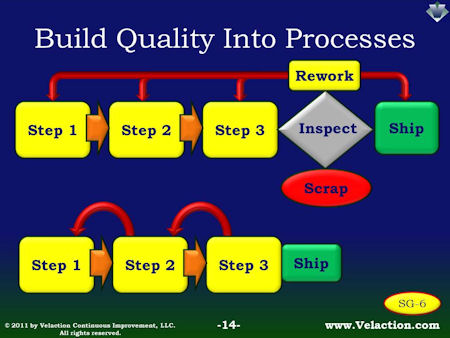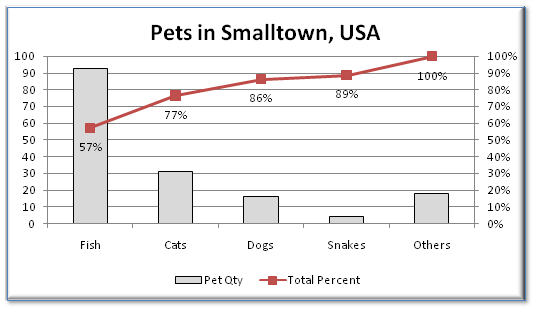Problem Solving
To understand problem solving, one must first have a clear definition of what a problem actually is. A problem is simply a gap between an expectation and reality. The most common way people look at this relationship is that they focus on a change in performance, meaning that the reality Read more…


